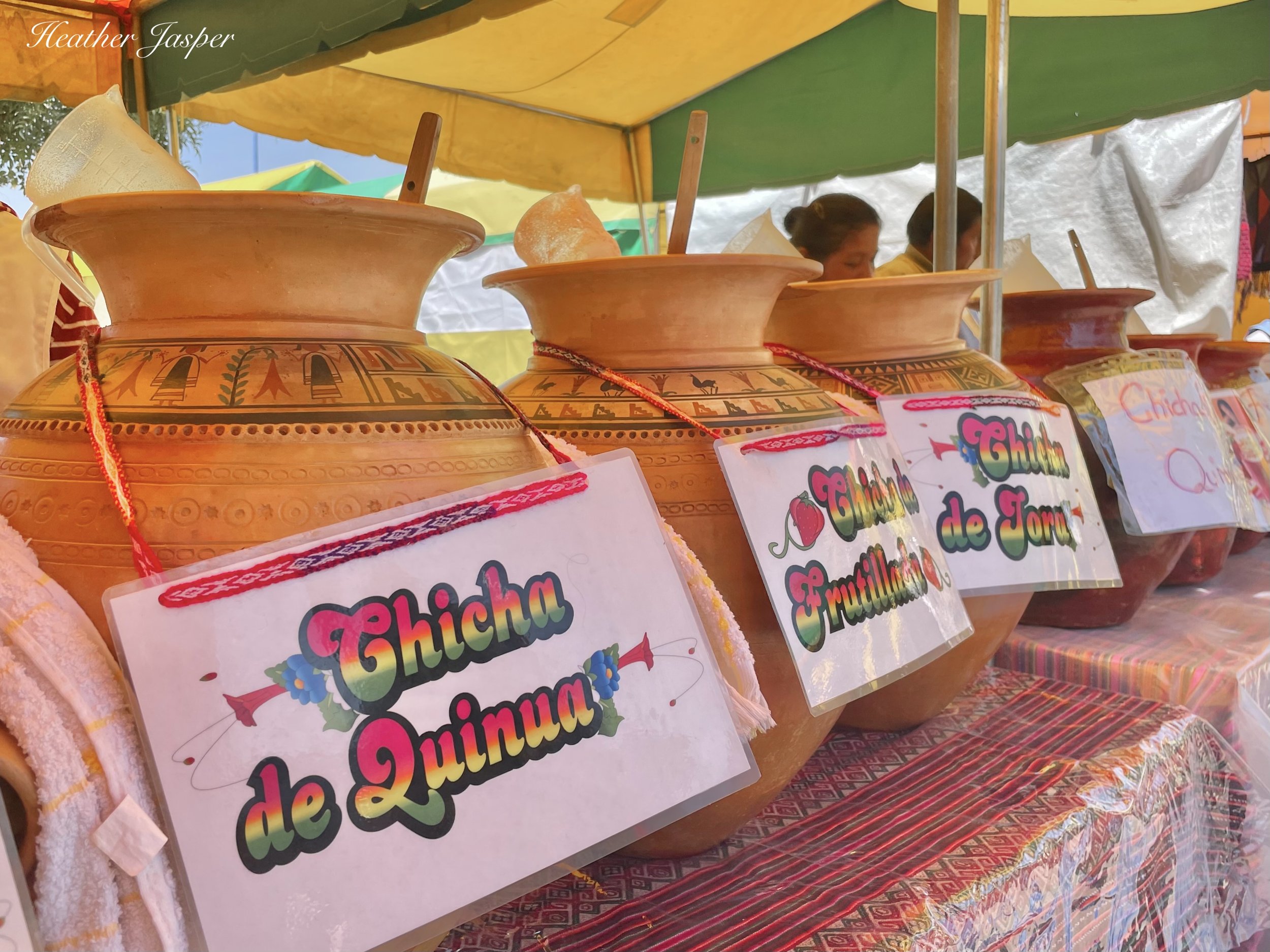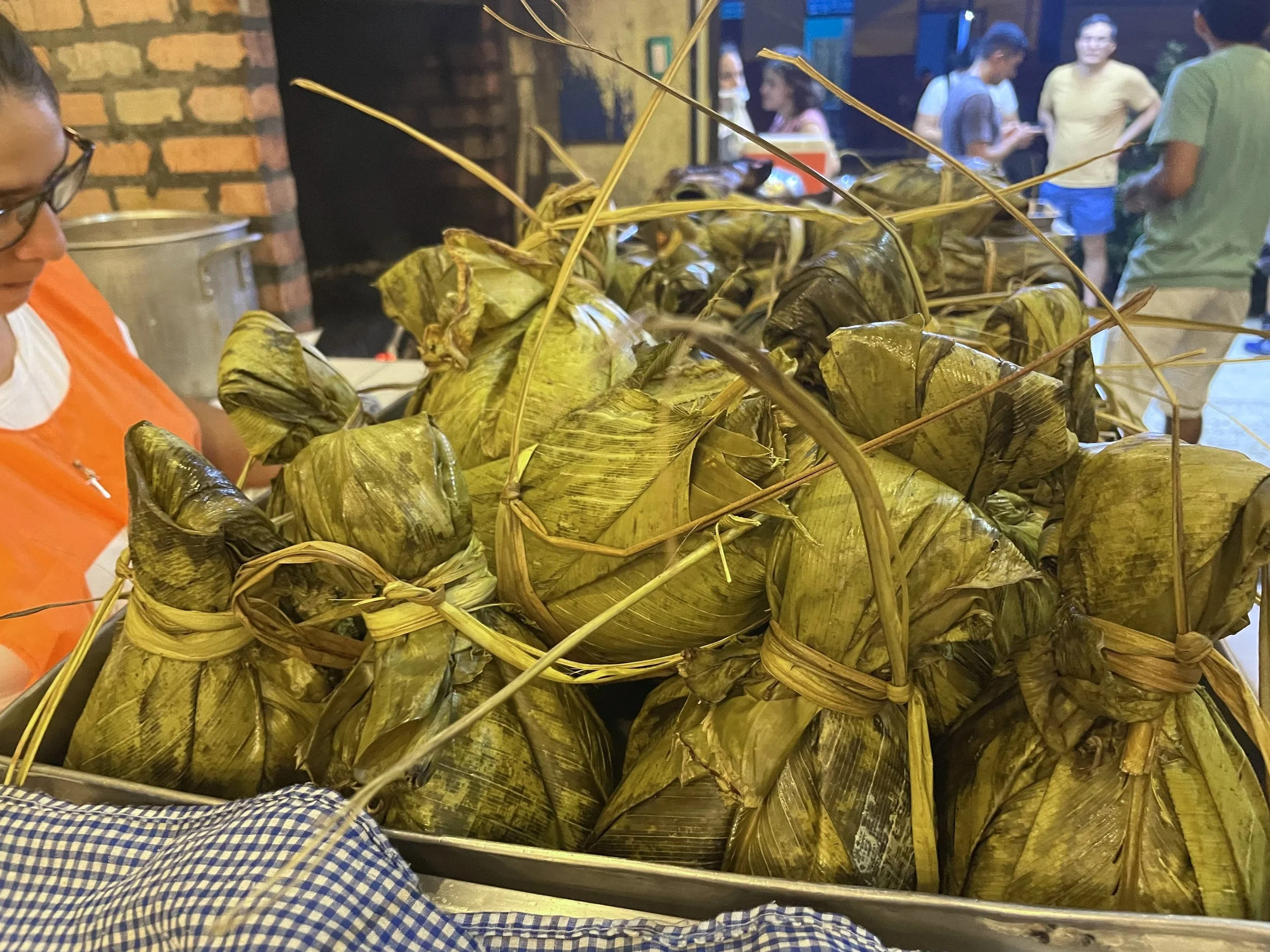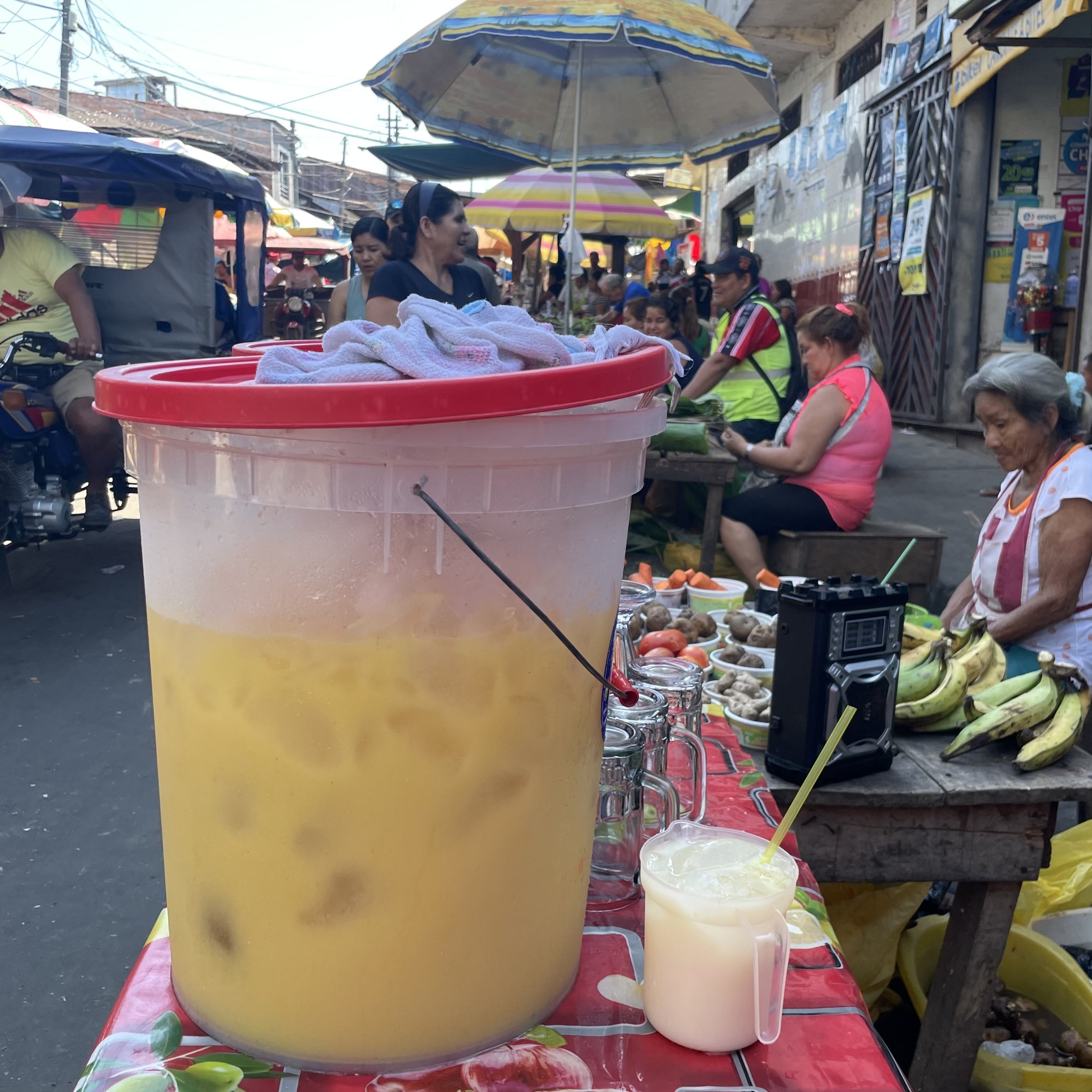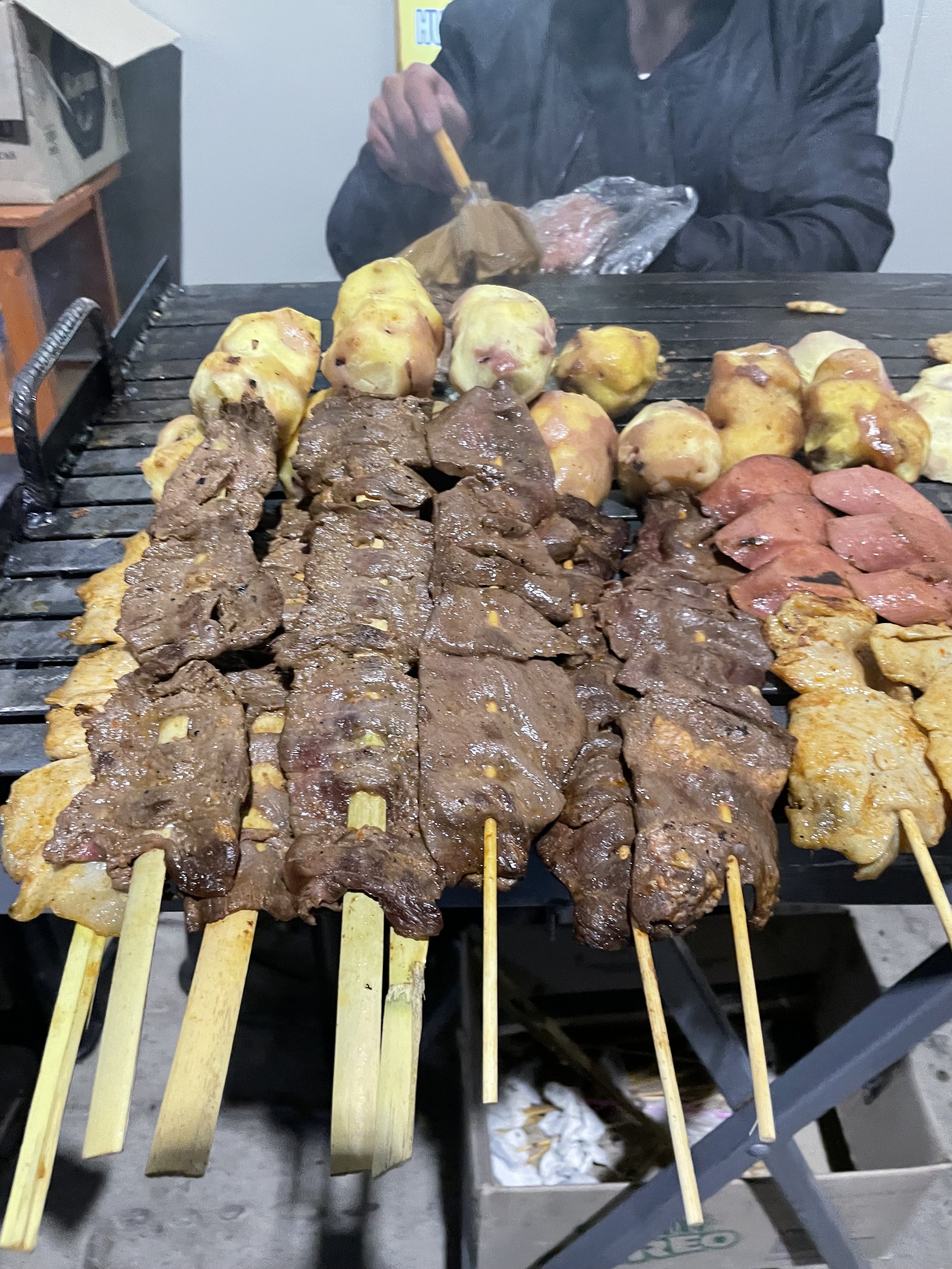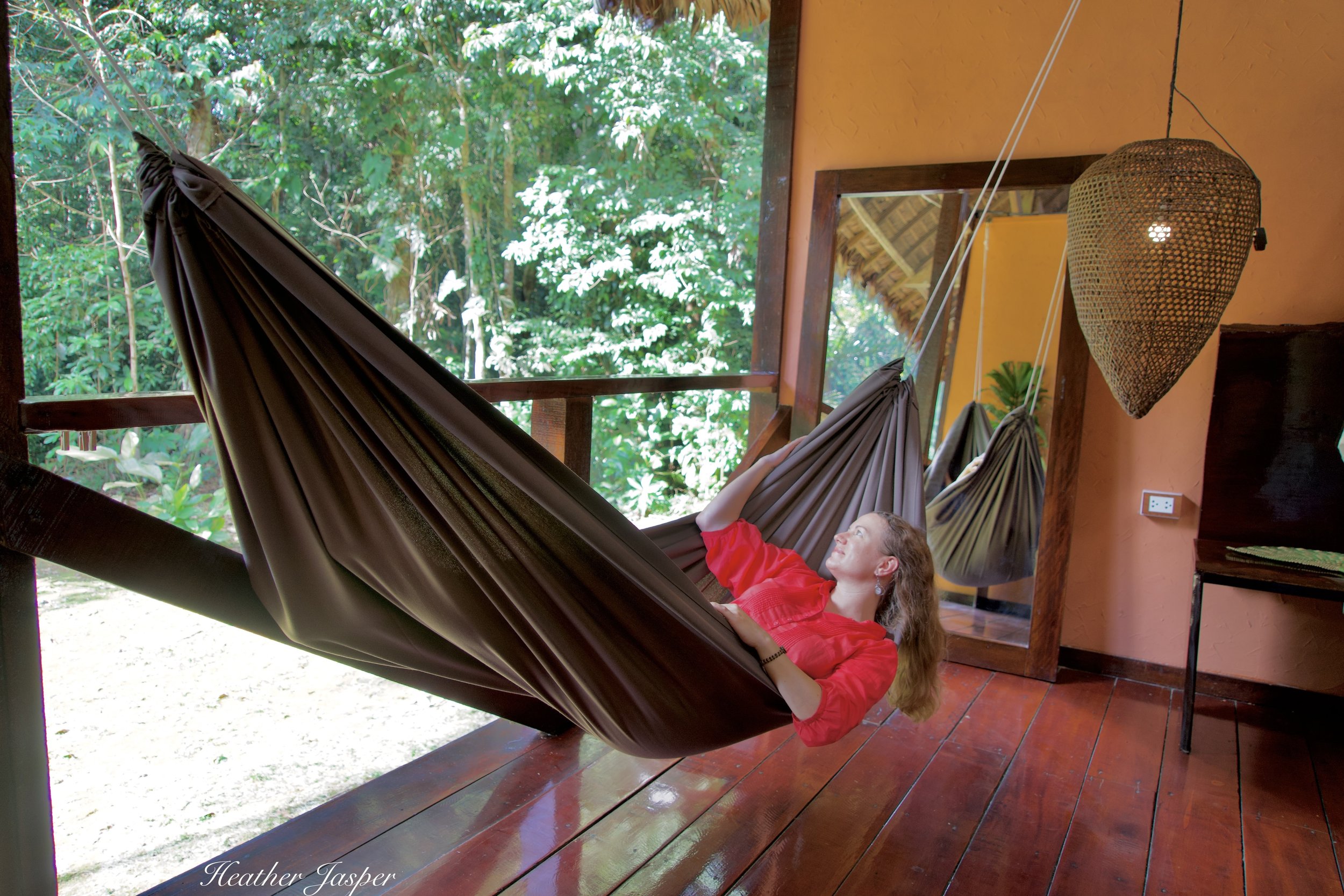Travel Tip 45
3 Tips to Reduce Waste When Traveling
Rather than buy another plastic bottle of water, try what locals drink. In Peru, that’s chicha.
We travel to see something new, to relax, to enjoy the journey.
People don’t travel so that they can focus on trash, but the environmental impact on tourist destinations around the world is forcing this conversation into mainstream media. It’s something I think about a lot when I travel and hope that more travelers take into consideration.
Look for foods like juane, meat and rice wrapped in a bijao leaf. Just be sure you specify that you don’t want a plastic bag to carry food that’s already wrapped up.
Why focus on waste?
Many tourist destinations have limited or no recycling.
Tourists coming from North America or Europe often live in cities with effective recycling and composting systems. Unfortunately, many tourist destinations in South America, and other less-developed parts of the world, don’t have effective recycling systems. Even if a city has separate bins for recyclables (like Cusco), travelers don’t know if those items actually are recycled. Some things may be reused, but recycling is limited to non-existent in many tourist destinations.
It’s easy to not realize how much waste we produce when traveling.
At home, most people take out the trash once or twice a week and know exactly how much waste they produce. When traveling, trash is often taken from your hotel room every day. If you’re in a hostel, doing your own cooking, your trash is often complied with the other people staying there, so it’s less obvious how much each of us produces.
Try local fruit juices instead of buying another bottle of water
Many tourist destinations have fruits that aren’t available in North America and Europe. When you’re in the Peruvian rainforest, look for cocona juice. It’s boiled, then cooled, so it’s safe for anybody to drink.
Be sure to ask for a reusable glass or cup.
So, what to do?
1. Bring your own reusable water bottle with a built-in filter.
The number of plastic bottles thrown away in Cusco alone is staggering. The problem is twofold. First, tap water isn’t drinkable. Locals boil it and drink endless herbal teas, fruit juices and drinks like chicha morada, made from purple corn. Most travelers don’t have access to a kitchen to boil water and aren’t used to drinking so much tea. Second, recycling plastic bottles is challenging even for developed countries. The lack of recycling facilities and of effective trash collections means that the bottles build up in many tourist destinations without a good way to get rid of them.
Research the places you’ll be staying. If they have biodegradable products in glass bottles, like Refugio Amazonas, you may not have to bring your own toiletries.
2. Bring your own toiletries in reusable packaging.
The plastic sachets or bottles of shampoo, conditioner and liquid soap add up quickly in a place that has a lot of tourism. Even if I’m traveling for a month, I bring my toiletries with me. I only use the single-serving size of hotel toiletries as a last resort. I find hotels on Booking because they rate accommodations for sustainability.
At markets you’ll find traditional foods like nabo. This is turnip greens served with cooked cow blood, a relatively sustainable protein source. I always have a fork in my backpack so I can avoid disposable forks.
3. Be conscious of your food waste.
Hotels and restaurants waste huge amounts of food and much of it ends up in landfills. I love trying local foods and supporting local families, so I try to eat at markets whenever possible. In local markets, you’re likely to find people who make a big pot of one thing and serve the same meal to everybody until they’re sold out. This produces much less waste than restaurants that have long menus of options and must stock ingredients for a variety of dishes. If you’re at a hostel with a shared kitchen or have a mini-kitchen in your hotel room, try doing some of your own cooking.
Street food
While some street food comes in disposable plastic, you can often find options like anticuchos. These meat kabobs are on bamboo skewers and while that’s not zero waste, it certainly is biodegradable and more sustainable than plastic plates.
Can you be a zero-waste traveler?
Some travelers aspire to zero-waste during a trip, which is a great goal. However, for most people it’s impractical. Instead, we need to focus on decreasing the amount of waste we produce, from plastic bottles to food. When you consider the scale of tourism in places like Bangkok, Rio de Janeiro, and Cusco, even small changes, multiplied by millions of tourists, make a big difference.
Blog
Green House Tambopata, Puerto Maldonado, Peru
I recently stayed at Green House Tambopata for the second time and loved it even more than the first. It’s a simple, no-frills eco-lodge near Puerto Maldonado and my favorite place when I need to spend a night in Puerto Maldonado before or after a jungle trip.
My rooms at all three lodges were open to the jungle on one side.
Article
Rainforest Expeditions Lodges, Tambopata Nature Reserve, Peru
This review, published by Luxury Latin America, gives my honest assessment of three different lodges in the southern part of Peru’s rainforest, the most accessible part of the Peruvian jungle for people in Cusco. I enjoyed all three, but one clearly came out on top in terms of service, lodge and wildlife. Click on the title above to find out which one was my favorite!

